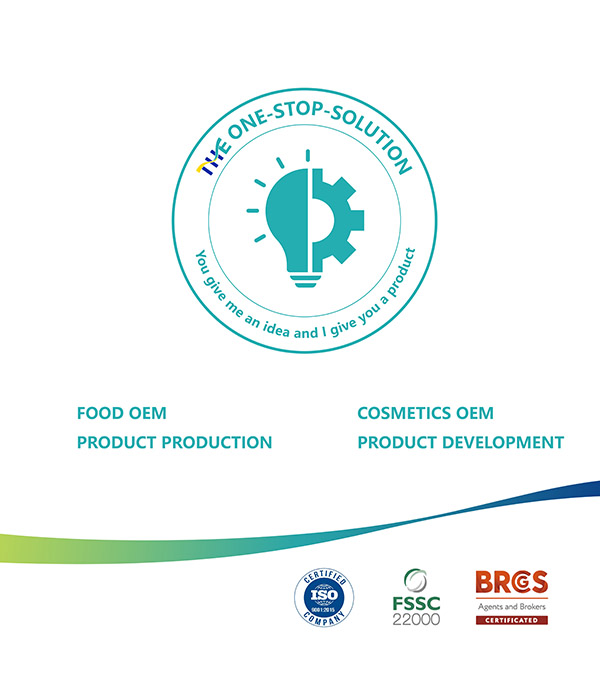Food Preservative Solutions
Food Preservative Solutions
The spoilage of food is primarily caused by the action of enzymes and microorganisms within the food, leading to the decomposition or oxidation of nutrients, and concurrently resulting in the exceedance of pathogenic bacteria. Therefore, employing a combination of different methods to kill spoilage microorganisms or inhibit their growth and reproduction in food can achieve the goal of extending the shelf life of food products. As one of the important food additives, preservatives are widely used in the food industry. Currently, there is no single food preservative that can effectively inhibit all pathogenic and spoilage bacteria. By compounding various preservatives and freshness-keeping agents, leveraging the advantages of each monomer while avoiding their disadvantages, a synergistic effect is achieved. Compounded preservatives enhance the stability, economic efficiency, and effectiveness of food products.
1. Through extensive scientific testing, the combined use of preservatives, antioxidants, moisture retainers, acidity regulators, and others synergistically enhances efficacy, simplifies production processes, and reduces costs.
2. Offers natural preservative solutions and supports clean label initiatives.
3. Adapts to various taste and texture characteristics, working synergistically with antioxidants and quality improvers to ensure products excel in color, aroma, and flavor.
4. Customizable hurdle technology solutions that best fit the factory's equipment and process conditions, integrating control of water activity, sterilization techniques, pH adjustment, strict hygiene controls, temperature and oxygen-controlled storage and transportation, and external freshness cards to achieve lower or zero preservative addition, reducing production costs and optimizing efficiency.
5. Effective refinement of product forms and application scenarios, with options available in fine powder and emulsion forms.
6. Provides value-added services including technical guidance tailored to the product.
1. Rice and flour products, starch-based products
2. Cakes, bread, and other baked goods
3. Meat products, seafood products, plant-based meat products
4. Dairy products, soybean products, egg products
5. Pickled vegetables and fermented vegetable products
6. Canned foods, jams, salad dressings, jellies
7. Seasonings, sauces, food fillings
8. Beverages
......






